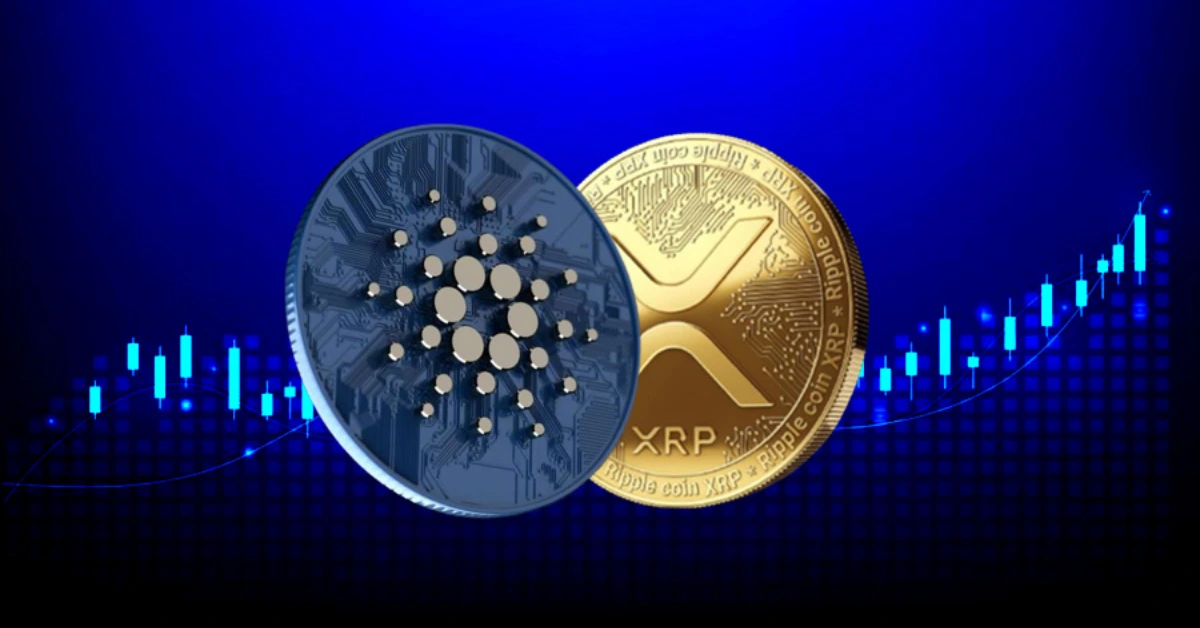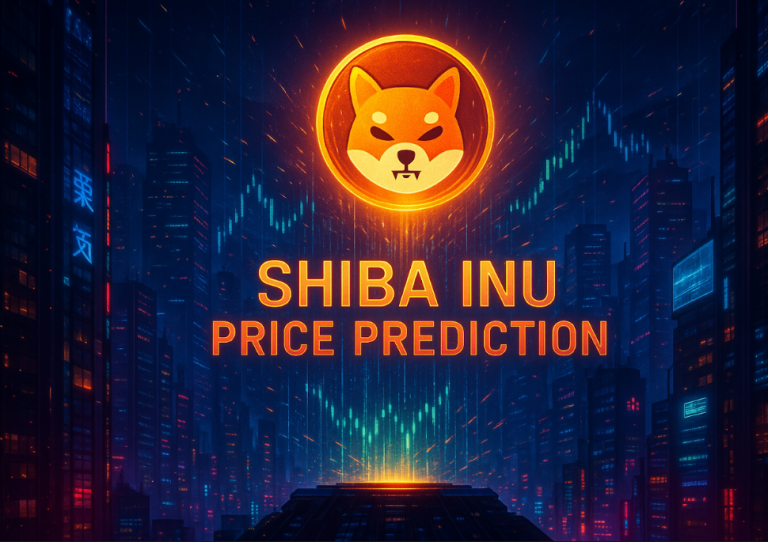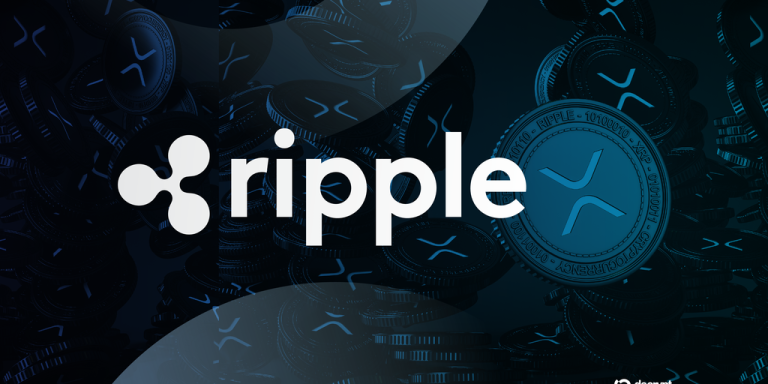
As the crypto market gears up for another potential bull cycle, two popular altcoins—XRP and Cardano (ADA)—are grabbing traders’ attention. Both projects boast passionate communities, unique strengths, and exciting updates, but which one holds stronger long-term potential?
XRP: Regulatory Clarity and Institutional Adoption
One of XRP’s biggest milestones has been its legal victory against the SEC, offering it unprecedented regulatory clarity. This opens new doors for adoption, especially among financial institutions looking to leverage RippleNet for faster and cheaper cross-border payments. RippleNet now manages billions in monthly transactions across Asia, the Middle East, and Latin America, contributing to XRP’s deflationary tokenomics where a small amount of XRP is burned with each transaction.
Technical analysts suggest XRP could break into the $4.50 range during a high-liquidity market surge. Moreover, with growing institutional interest and potential ETF exposure, XRP seems well-poised for future growth.
Drawbacks: Critics argue that Ripple’s centralized control over much of the XRP supply could limit its decentralized appeal, and its already high market cap may reduce potential upside compared to smaller competitors.
Cardano (ADA): Slow, Steady, and Revolutionary?
Cardano is built on a foundation of methodical development, emphasizing decentralization and scalability. The upcoming Hydra scaling upgrade promises to optimize transaction speeds and reduce costs, with full implementation targeted for 2025. Additionally, Cardano’s decentralized finance (DeFi) ecosystem is gaining traction, with its total value locked (TVL) reaching new highs in recent months.
Long-term ADA price predictions lean bullish, with estimates suggesting a climb to $3.50 during major altcoin seasons and potentially reaching $9-$10 by 2030.
Challenges: Cardano’s slow development pace has frustrated some investors. Despite its technological advancements, mainstream adoption and liquidity remain limited. As more competitors emerge, Cardano’s lack of a ‘killer app’ could hinder growth.
Leader Insights: Garlinghouse’s Vision vs. Hoskinson’s Strategy
When it comes to leadership styles, Ripple CEO Brad Garlinghouse focuses on institutional-grade partnerships and use cases. Ripple recently acquired a $200 million stake in stablecoin infrastructure, underscoring its growth ambitions.
Conversely, Cardano’s founder Charles Hoskinson has shifted toward agile development, governance transparency, and scaling solutions to stay competitive. Despite these efforts, the ADA community exhibits contrasting opinions, with some praising its decentralization and others expressing discontent over perceived delays.
XRP or ADA: Which is Right for You?
If you prioritize regulatory clarity, institutional partnerships, and a proven use case in payments, XRP appears to be the safer short-term option. On the other hand, if your focus is on decentralization, scalable innovations, and potential for long-term growth, Cardano might be the better investment.
As the next altcoin season approaches, both XRP and ADA have opportunities to solidify their positions in the cryptocurrency market. Investors should consider these projects based on their risk tolerance, investment goals, and belief in each platform’s vision.
Looking to store your XRP and ADA securely? The Ledger Nano X hardware wallet offers a reliable solution to protect your cryptocurrency assets.



